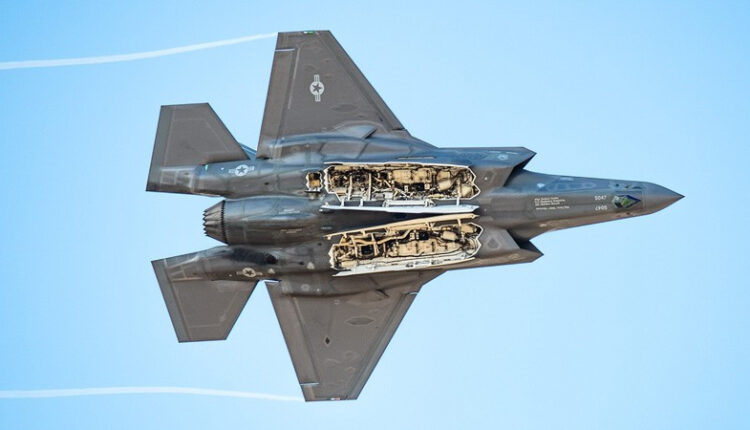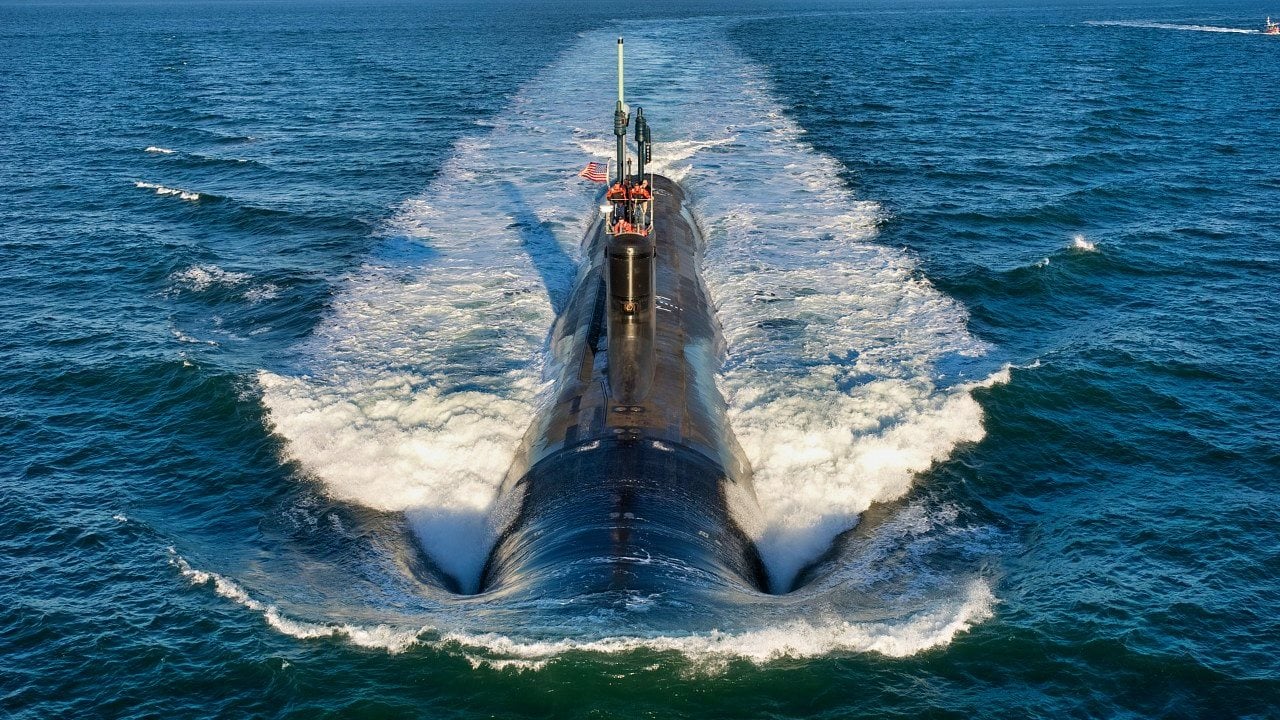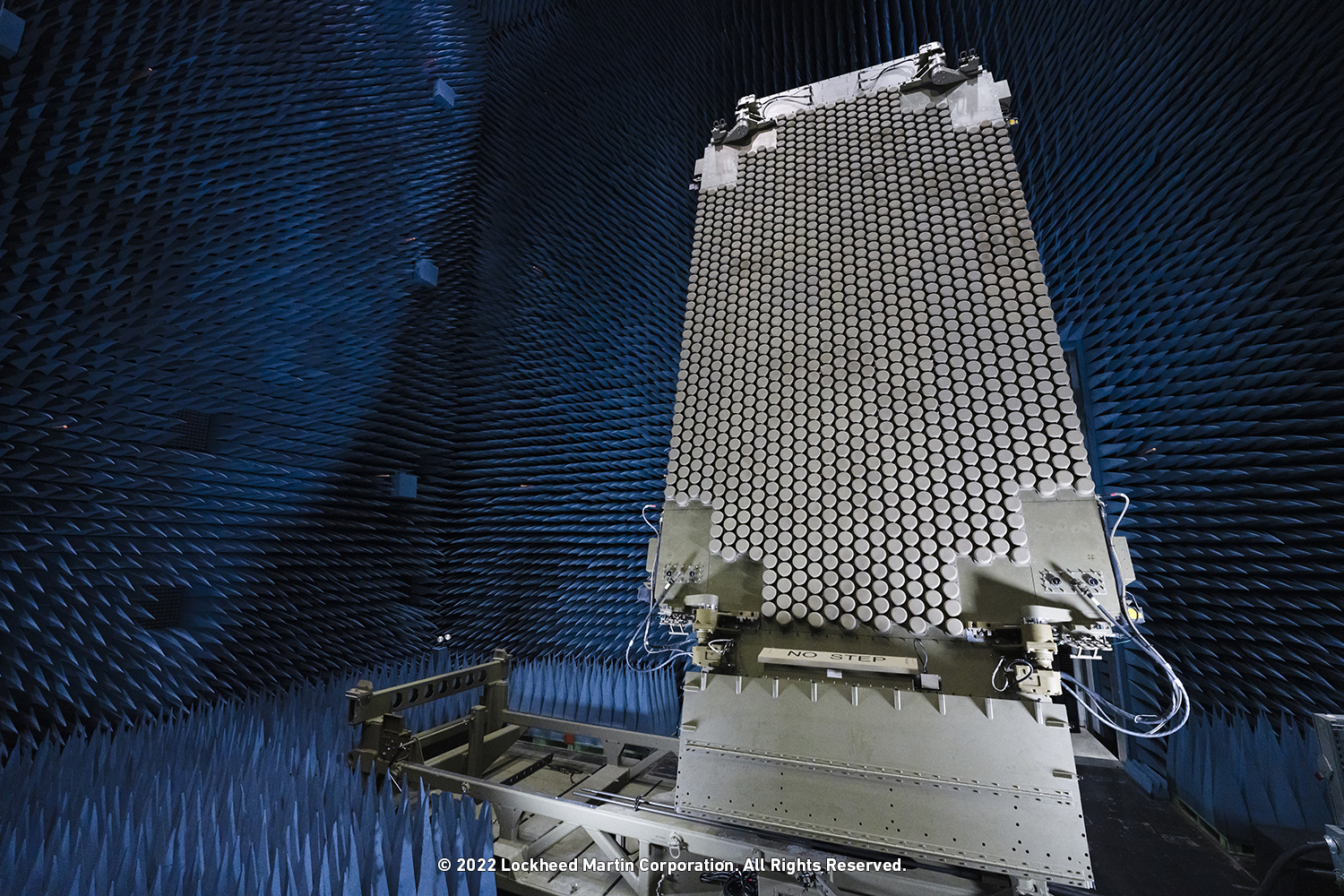Beijing Tightens Rare Earth Grip: F-35, Submarines and U.S. Warfighting Edge at Risk
“Rare earth elements (REEs) are fundamental to the operational backbone of advanced military platforms including the F-35 Lightning II fighter jet, Virginia- and Columbia-class nuclear submarines, Tomahawk cruise missiles, high-frequency radar systems, Predator UAVs, and the precision-guided Joint Direct Attack Munition (JDAM),” noted the CSIS report.

(DEFENCE SECURITY ASIA) — On April 4, Beijing escalated the global rare earths confrontation by announcing a sweeping export ban on seven critical rare earth elements and industrial-grade magnets used across the defence, energy, and automotive sectors, in a calculated response to former U.S. President Donald Trump’s latest tariff impositions on Chinese goods.
The embargo targets seven of the 17 rare earth elements — samarium, gadolinium, terbium, dysprosium, lutetium, scandium, and yttrium — which are indispensable in next-generation weapon systems and strategic industrial applications, and now mandates special export licenses to restrict outbound flows of these strategic materials.
The Center for Strategic and International Studies (CSIS), a prominent Washington-based think tank, has warned that the United States remains acutely exposed to disruptions in rare earth supply chains, especially those linked to the defence sector, where such materials are irreplaceable.
As of 2023, China accounted for a staggering 99 percent of global processing capacity for heavy rare earth elements — a monopolistic position bolstered by state subsidies and industrial policy — while alternative sources, such as a small facility in Vietnam, remain marginal.
“Rare earth elements (REEs) are fundamental to the operational backbone of advanced military platforms including the F-35 Lightning II fighter jet, Virginia- and Columbia-class nuclear submarines, Tomahawk cruise missiles, high-frequency radar systems, Predator UAVs, and the precision-guided Joint Direct Attack Munition (JDAM),” noted the CSIS report.
“For instance, each jet-powered F-35 contains over 900 pounds (400 kg) of REEs,” the report added, illustrating the scale of dependence embedded into U.S. aerospace and defence engineering.
“A single Arleigh Burke-class DDG-51 guided missile destroyer requires approximately 5,200 pounds of rare earth materials, while a Virginia-class nuclear attack submarine uses around 9,200 pounds,” CSIS stated, underscoring the systemic reliance on REEs across U.S. naval platforms.

The report goes on to highlight a worrying disparity in military-industrial momentum, warning that the U.S. is already ceding ground to China in the race to field and produce advanced military technologies.
“China is aggressively scaling up its weapons production and acquiring next-generation systems at a rate five to six times faster than the United States,” the CSIS warned, citing a widening capability gap shaped by strategic intent and peacetime complacency.
While Beijing prepares for high-intensity conflict with a full-spectrum military-industrial mobilization, Washington continues to operate within the constraints of peacetime bureaucracy and limited surge capacity.
Even before these latest export controls, the U.S. defence industrial base had been hampered by chronic underinvestment and production bottlenecks, struggling to meet rising demand across multiple modernisation programs.
By tightening access to critical rare earth inputs, China is not merely retaliating economically — it is deepening the asymmetry in global defence readiness, granting itself strategic time and technological advantage.
Analysts frequently cite the F-35 Lightning II as a case study in how REEs are not only foundational but mission-enabling, embedded throughout the jet’s complex structure and subsystems.
These elements are essential to the jet’s stealth architecture, high-speed data fusion systems, advanced avionics, and integrated sensor suites — all of which are hallmarks of fifth-generation air superiority.

Rare Earth Integration in the F-35: A Breakdown of Military Dependency
Yttrium is used in radar-absorbent materials that shape the F-35’s low-observable profile, allowing it to penetrate advanced enemy air defences without detection — a core feature of its first-strike doctrine.
Permanent magnets made from neodymium, samarium, dysprosium, and terbium power vital components including electric actuators, radar arrays, guidance systems, and flight control surfaces — all of which must perform under the stress of high-G manoeuvres and combat operations.
Gadolinium and europium are used to enhance infrared and electro-optical sensors in the Electro-Optical Targeting System (EOTS) and the Distributed Aperture System (DAS), enabling full 360-degree situational awareness and real-time battlefield integration.
Rare earths are also integral to the jet’s electronic warfare suite, powering jamming modules, threat detection systems, and secure communications — capabilities that ensure electromagnetic superiority in contested domains.
Miniaturized, high-density REE-based electronics support power management, engine control, and flight stabilization systems, allowing the F-35 to execute multi-role missions from stealth attack to close air support with unparalleled flexibility.

Estimated REE Loadout Per Aircraft
Each F-35 Lightning II is estimated to contain more than 900 pounds of REEs, underscoring the aircraft’s reliance on strategic materials that are overwhelmingly sourced and processed by a geopolitical competitor.
Strategic Implications of Rare Earth Dominance
China currently controls between 85 and 90 percent of the world’s rare earth refining capability — a dominant position that gives Beijing a chokehold over U.S. and allied defence supply chains.
Any disruption to this flow — whether through economic sanctions, trade wars, or geopolitical crises — could derail defence production schedules, elevate costs, and degrade strategic readiness across multiple platforms.
U.S. Submarines: A Hidden Reliance on Rare Earth Power
The U.S. Navy’s most advanced nuclear submarines, particularly the Virginia- and Columbia-class boats, also rely heavily on REEs to sustain their stealth, endurance, and multi-mission lethality.

How Rare Earth Elements Empower the Silent Service
High-strength permanent magnets, built using neodymium, dysprosium, and samarium, are embedded in electric propulsion systems, sonar domes, navigation arrays, and automated control mechanisms — all essential for silent underwater operations.
These magnets offer exceptional magnetic strength, thermal resilience, and compactness, enabling submarines to operate in hostile waters while avoiding acoustic detection.
Terbium, europium, and gadolinium are deployed in sonar transducers and hydrophones, boosting the vessel’s capacity to detect and classify threats while remaining undetected — a vital capability in strategic deterrence.
Rare earth-powered electronics also drive the submarines’ electronic warfare suites, supporting advanced jamming, secure communications, and countermeasure systems designed for undersea battlespace dominance.
In nuclear propulsion systems, REEs are used in reactor shielding, control rods, and radiation-resistant sensors — components critical to maintaining power and safety in high-radiation environments during extended deployments.
Why REEs Matter Beneath the Surface
The Virginia-class submarine, optimized for deep-sea stealth and high-precision strike missions, contains thousands of pounds of REEs integrated across propulsion, sonar, and weapons systems.

Undersea Geopolitics and Strategic Vulnerability
The Navy’s ability to sustain its undersea advantage depends on uninterrupted access to these materials — a strategic vulnerability as long as Beijing retains near-monopoly control over global REE supply chains.
Disruptions triggered by geopolitical friction or targeted export bans could delay submarine production timelines and erode the United States’ undersea deterrent, shifting the balance of maritime power in favour of near-peer rivals.
— DEFENCE SECURITY ASIA


